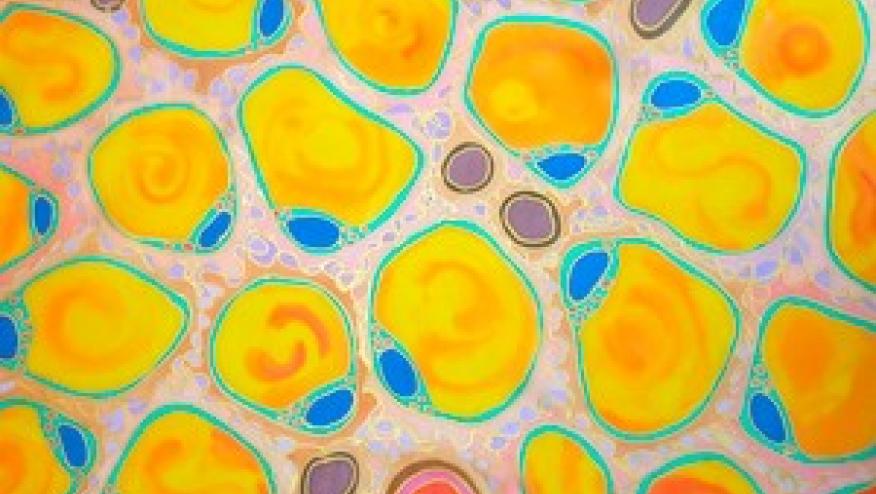Adipose Transplants as a New Regulator of Osteoarthritis Save

A novel report from PNAS suggests that in osteoarthritis (OA), the damage is not entirely from body weight and mechanics, instead it may be from adipose tissue itself.
Obesity is one of several prime risk factors for the development and worsening of osteoarthritis. However, the authors note that there is increasing evidence that biomechanical loading due to increased body mass does not entirely account for the severity of obesity-induced knee OA. The question is whether adipokines may be playing a role; including leptin, adiponectin, resistin, visfatin, chimerin, and inflammatory cytokines such as interleukin-1 (IL-1), IL-6, and tumor necrosis factor-α (TNF-α).
The current research used mouse model of lipodystrophy, they found that despite having many factors associated with osteoarthritis (weight, high-fat diet), they were protected from cartilage damage. Mice who received a high-fat diet did not augment their proinflammatory profile. They found they could reverse this protection in lipodystrophic mice by implanting fat (cells) indicating and interaction between adipose tissue and cartilage damage, independent of body weight.
Small amounts of adipose transplantation appeared to have reversed OA contributing factors (low-level systemic inflammation, metabolic disturbance, insulin resistance, sclerotic bone, muscle weakness, reduced activity) and changes the balance of proinflammatory and antiinflammatory mediators.
The research provides evidence of adipose–cartilage signaling, indicating that tissues outside the joint can influence cartilage outcomes and offers up new mechanisms that can potentially therapeutically targeted in osteoarthritis.









If you are a health practitioner, you may Login/Register to comment.
Due to the nature of these comment forums, only health practitioners are allowed to comment at this time.